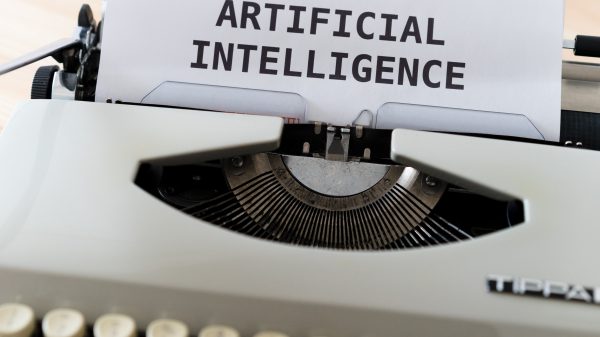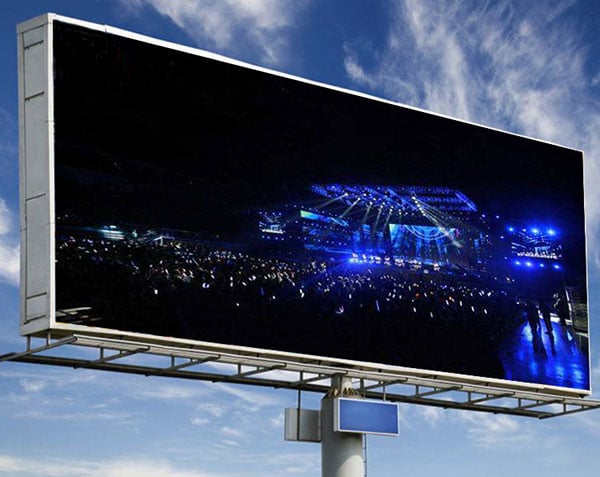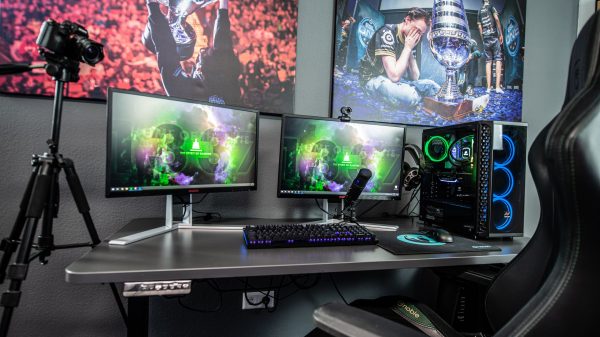In an age where safety and situational awareness are of ultimate importance, artificial intelligence (AI) has emerged as a transformative force in the realm of security and surveillance. One of the most promising innovations is the integration of Camera AI, a technology that combines traditional video surveillance systems with cutting-edge artificial intelligence algorithms for smarter and more efficient monitoring of environments. From minimizing human error to real-time threat detection, Camera AI is reshaping what is possible in surveillance infrastructure.
How Camera AI Transforms Modern Surveillance
At its core, Camera AI involves equipping surveillance systems with the ability to interpret video footage intelligently. This doesn’t just mean detecting motion; it means recognizing faces, analyzing behavior, identifying objects, and learning patterns over time. With such capabilities, systems become proactive rather than reactive, offering a significant improvement over traditional CCTV setups.
By combining machine learning, computer vision, and big data analytics, Camera AI systems can provide real-time alerts, ensure regulatory compliance, and reduce operational costs. It is this integration of smart decision-making that makes Camera AI so powerful.

Key Benefits of Implementing Camera AI
1. Enhanced Threat Detection and Prevention
One of the most compelling advantages of Camera AI is its ability to detect threats before they escalate. With high pattern recognition capabilities, AI can identify unusual activities such as loitering, unauthorized access, or abrupt changes in a person’s movement.
- Real-time alerts enable security teams to intervene proactively.
- Facial recognition helps identify known threats or persons of interest.
- License plate recognition (LPR) is useful in monitoring parking lots or restricted areas.
2. Reduced Human Error
Traditional surveillance systems rely heavily on human operators to monitor screens for extended periods, a process prone to fatigue and oversight. AI minimizes this issue by continuously scanning and analyzing video data accurately and consistently, reducing the likelihood of missed incidents.
Benefits include:
- Greater reliability in hazardous environments.
- Automated decision-making speeds up response times.
- Elimination of subjective judgments in interpreting events.
3. Cost-Effectiveness
While the initial investment in AI-powered camera systems might be higher than conventional options, the long-term benefits yield substantial savings. By automating many of the functions previously requiring human resources, labor costs are significantly reduced. Additionally, faster detection and response lead to mitigated damage and reduced liability.
Operational efficiency is another cost-saving benefit as processes that once took hours—such as analyzing video footage—can now be done in seconds.
4. Scalability and Flexibility
AI-powered surveillance systems are highly scalable. New cameras and upgrades can be added with minimal infrastructure changes. Advanced AI platforms can even learn and adapt over time, improving their accuracy and efficiency without the need for constant reprogramming.
Moreover, these systems can be integrated with other security technologies, such as access control, fire detection, and emergency response systems, offering a comprehensive security ecosystem.
5. Improved Privacy and Compliance Monitoring
Modern Camera AI systems are guided by regulatory compliance and data protection laws. Unlike human operators, AI can be programmed to mask sensitive information such as faces in non-critical incidents, helping organizations meet privacy obligations.
This aspect is especially important for industries like finance, healthcare, and education, where handling personal data responsibly is legally mandated.
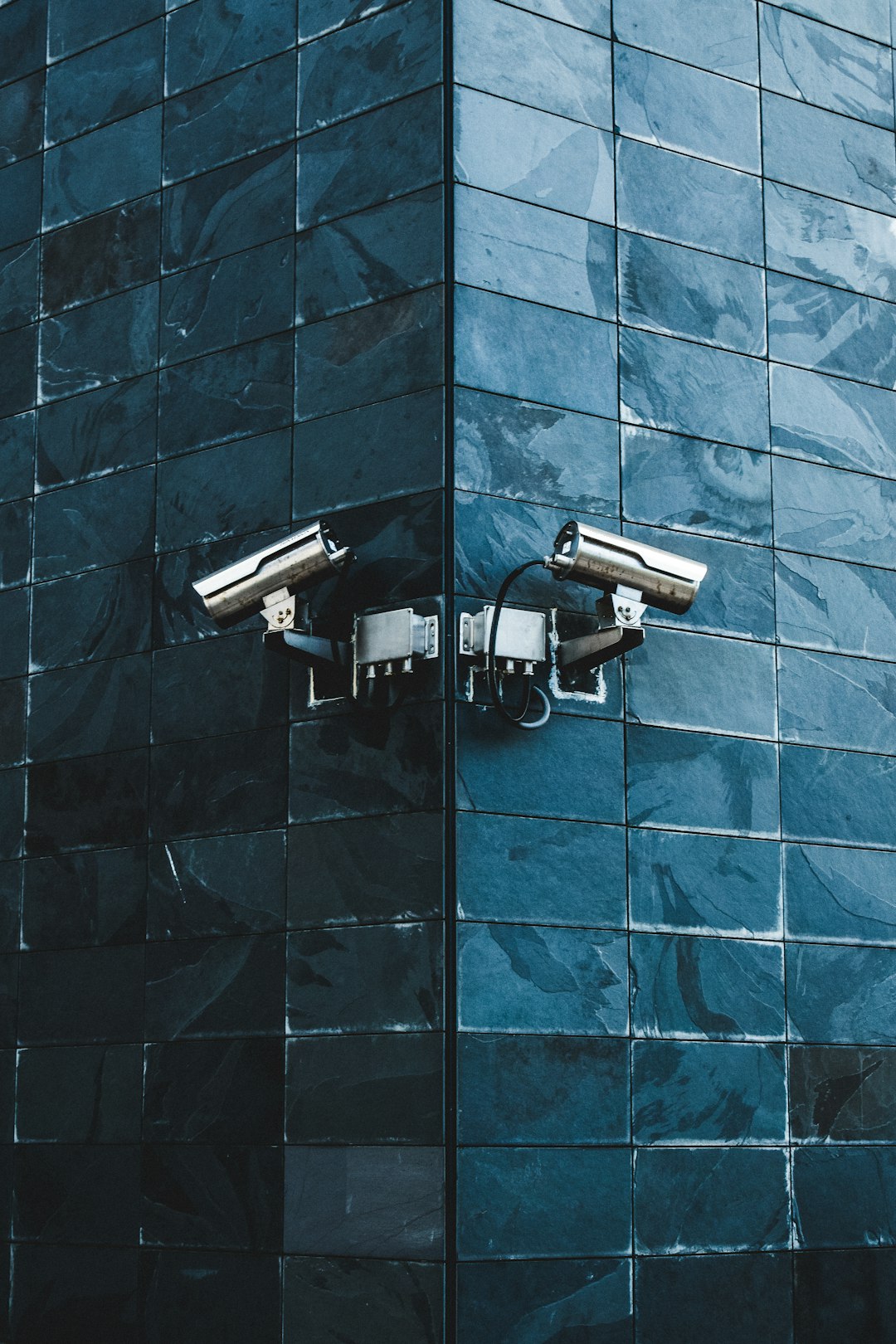
6. Intelligent Analytics and Reporting
Camera AI is not just about detection—it’s also about gaining deeper insights. Intelligent analytics can monitor foot traffic, study behavior patterns, count objects or people, and even detect changes in environmental conditions. Businesses can use this data to enhance operations, improve customer service, or optimize physical layouts.
Key features include:
- Heat mapping for crowd analysis.
- Object counting in retail or event spaces.
- Customer activity flow and dwell time measurements.
Use Cases Across Different Sectors
The benefits of Camera AI are not limited to one industry. Several sectors stand to gain significantly from its implementation:
- Retail Stores: Monitor shopper behavior, prevent theft, analyze foot traffic.
- Airports: Facial recognition for passenger validation, monitoring crowded zones.
- Hospitals: Keep tabs on patient movement, prevent access to restricted areas.
- Schools: Ensure student safety, detect intruders, manage emergency situations.
- Municipalities: Assist law enforcement, manage traffic, detect urban crimes in real-time.
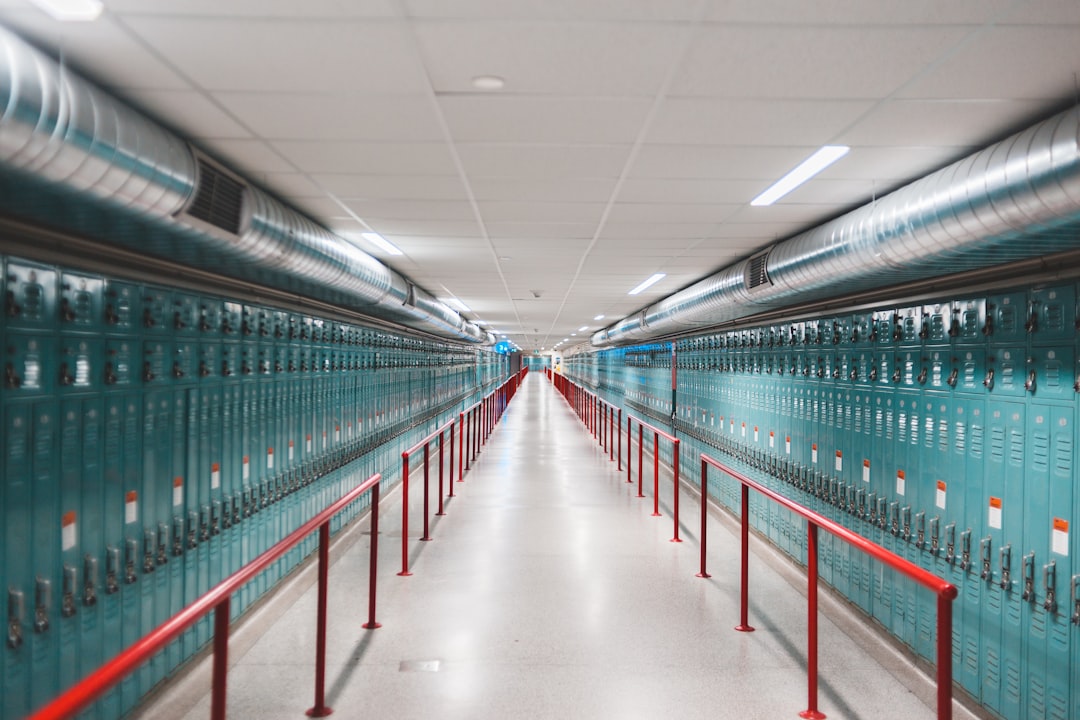
Challenges and Considerations
While the benefits are substantial, implementing Camera AI does come with challenges. Privacy concerns, system training, and initial costs are the primary considerations. Decision-makers must ensure that data collection complies with regional laws and that technology implementation is transparent and secure.
There is also the matter of AI bias, where poorly trained models can make inaccurate identifications. Continuous updates and ethical AI development practices are essential to minimize these risks.
Future Outlook
The trajectory of Camera AI is one of rapid innovation. As algorithms become more sophisticated and hardware more capable, the limits of what these systems can do will continue to expand. Emerging technologies like edge AI, 5G connectivity, and IoT integrations are set to enrich the surveillance landscape, offering faster processing speed and decentralized decision-making power.
In the future, we can expect AI-driven systems not only to detect crimes but also to predict and prevent them through deep behavioral analysis and predictive modeling.
Conclusion
Camera AI is redefining the framework of modern surveillance and security. By offering smarter, faster, and more reliable monitoring solutions, it enhances safety, reduces operational burdens, and provides critical insights that go beyond traditional roles. For organizations seeking to stay ahead in a rapidly changing security environment, embracing AI-driven camera systems may not just be an option—it will soon become a necessity.
Frequently Asked Questions (FAQ)
Q1: What is Camera AI?
Camera AI refers to video surveillance systems that use artificial intelligence to analyze and interpret live or recorded footage. These systems can perform functions like facial recognition, behavior analysis, and real-time alerts.
Q2: How does Camera AI improve security?
Camera AI enhances security by providing real-time monitoring, recognizing potential threats faster, and reducing reliance on human observation—thereby minimizing errors and ensuring quicker response times.
Q3: Is Camera AI difficult to implement?
Most AI camera platforms are designed to integrate with existing infrastructure. Although initial setup may require investment in hardware and training, the long-term benefits outweigh these upfront challenges.
Q4: Is facial recognition technology safe and legal?
Facial recognition can be safe and legal when used responsibly. Organizations need to follow data privacy regulations like the GDPR to ensure ethical usage and to obtain user consent when necessary.
Q5: Can Camera AI integrate with other systems?
Yes, Camera AI can be integrated with other systems like alarms, access controls, and emergency response protocols to provide a holistic security solution.
Q6: What industries benefit most from Camera AI?
Industries including retail, healthcare, education, law enforcement, and transportation benefit greatly from Camera AI implementations due to enhanced safety and operational efficiencies.



















